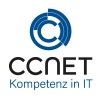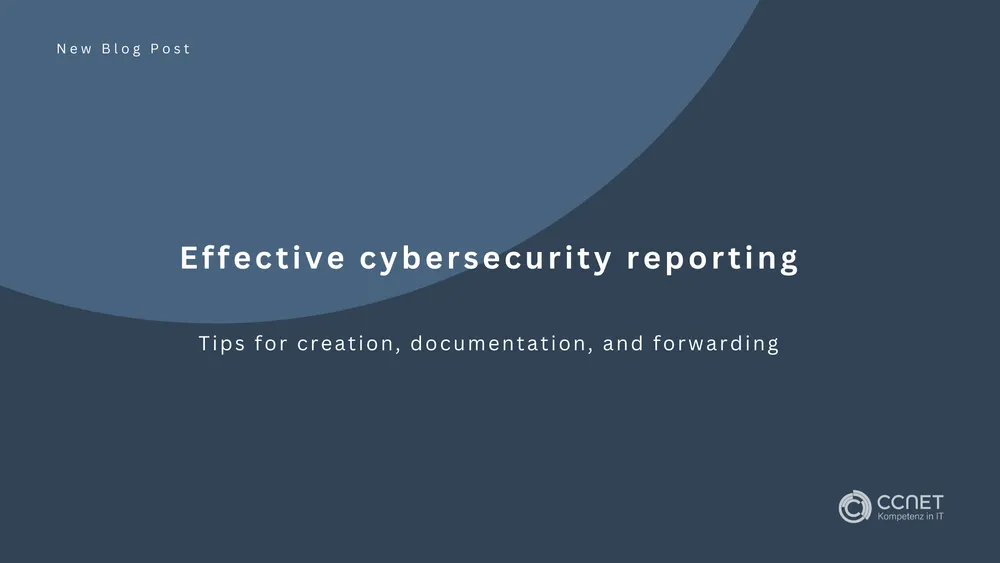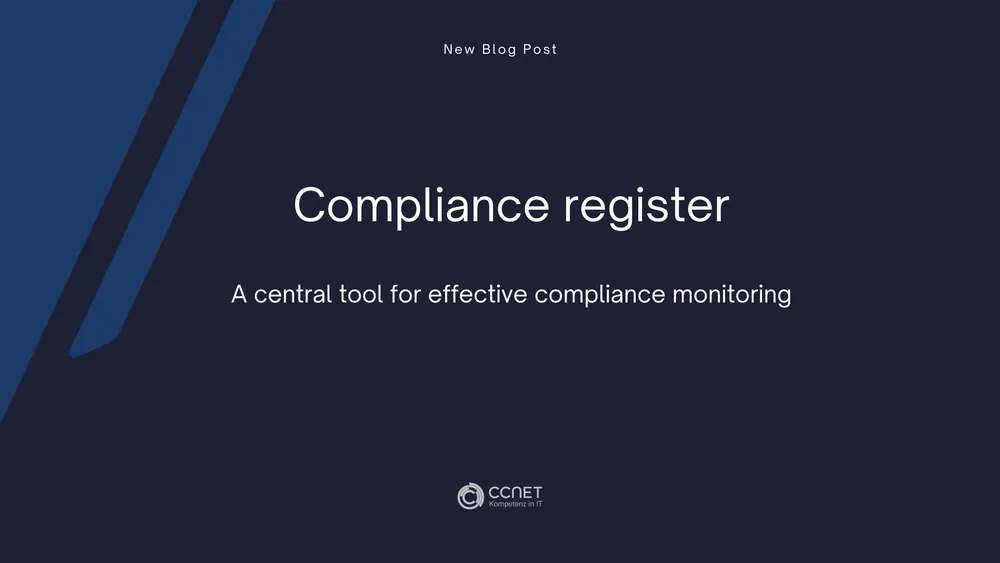
CCNet
Dec 4, 2023 • 1 min read

Navigating the NIS2 Directive: Who determines whether your company falls under its purview?
The NIS2 Directive, with its expansive scope, has far-reaching implications for companies within the EU. But who decides whether your company falls under its purview? Understanding the scope of this directive is essential for navigating the complex landscape of compliance. This article highlights the process and identifies those responsible for making this important decision regarding the directive's scope and applicability to your business.
Further information can be found here: IT-Consultation
The decision-making process
The determination of whether a company is affected by the NIS2 Directive lies in the hands of the national supervisory authorities of the EU member states. These authorities are responsible for monitoring and enforcing compliance with the NIS2 Directive, a task that determines a company’s obligations under the law.
Step 1: Self-assessment
Companies must undertake a self-assessment based on NIS2 criteria, focusing on aspects like company size and the importance of their critical infrastructure.
Step 2: Professional advice
For assistance, companies may seek guidance from consultants and legal experts to gain a comprehensive assessment of their position concerning the NIS” Directive.
Step 3: Exchange with the supervisory authority
To gain additional clarity, companies should directly engage with the relevant nation supervisory authority.
Step 4: Formal decision
The national authority, after evaluating the company’s provided information and other pertinent factors, will issue a formal decision regarding the NIS2 Directive’s applicability.
Step 5: Registration and Compliance
Companies falling under the NIS2 Directive are registered accordingly and undergo regular audits to verify compliance.
Conclusion
It is essential that companies act proactively and, if in doubt, contact the relevant authorities or qualified advisors. By seeking early clarification and ensuring compliance, companies can meet all legal requirements and safeguard themselves against potential risks.


